Protective styling is one of the best ways to – you guessed it – protect your hair from natural elements. Warm weather brings heat and humidity, which often doesn’t pair well with natural hair. Additionally, water and sweat (both issues in warm weather) can also pose a threat to natural hair. With protective styles, you can maintain moisture, prevent breakage, and encourage growth.
In this blog, we’ll talk you through all the benefits of protective styling as well as everything you should know about wearing these hairstyles. How long should you keep them in? What kind of protective styles are available? How should you keep your protective style clean? What may harm your hair when it’s in a protective style? Why should you wear protective styles to begin with? Everything you wanted to know and more below!
The benefits of protective styling
- Ideal for all-weather: You may hear a lot about protective styles during different times of the year. For example, as you head into summer, you’ll hear about how heat and humidity impact natural hair. When it’s winter, you’ll hear about how cold, dry winter affects natural hair. The takeaway? Your hair is always susceptible to the environment around you, which means there’s never a bad time to use protective styling on your hair.
- Low maintenance: If you’re the kind of girl who loves rolling out of bed, then a protective style is awesome. A protective style is high-maintenance when you’re doing you’re hair, but after that, you’re giving your hair some much-needed rest. Not to mention they’re super
- Helps retain length: Protective styles prevent breakage, which increases your chance of seeing length retention. If your hair is breaking as fast as it grows, then you won’t see much growth month to month. So, put it in a protective style and see how that changes!
- Maintains moisture: Regardless of the time of year, the weather drastically impacts the amount of moisture that natural hair can maintain. When your hair isn’t in a protective style, you may have tangling, dryness, or breakage that can result in moisture loss. Eliminating these factors can help you lock in moisture. You can also make it a habit to spritz on a leave-in conditioner that will also help maintain your protective style once it’s in. You can try Taliah Waajid’s Intense Moisture Bamboo and Coconut Milk Strengthening Leave-in Conditioner for best results.
When to take out your protective styling
Unfortunately, every style has an expiration date. This may vary according to a variety of factors: your rate of hair growth and who you ask. While some stylists may tell you that a style will last 4 weeks, others will say 12 weeks. The standard time is 6 to 8 weeks, so you can keep that in mind as your style grows older and you begin to see new hair growth.
The new hair growth is natural hair that can be seen growing from your scalp. As your hair grows, styles like box braids or twists will loosen. This is one sign that it’s time to take out your protective styling.
A second sign is build-up that you see in your hair. You should be continuing to clean your hair and scalp while you have a protective style in because it helps to prevent build-up in your hair. However, if you choose not to or are unable to, then you’ll begin to see this build-up, and you’ll know that it’s time to take out your protective style so you’re able to take care of your hair in this way.
Aim to wash your hair bi-weekly to remove any build-up and keep your protective style refreshed. You should also oil your scalp or spray your hair with leave-in conditioner to prevent breakage, promote growth, and maintain moisture. If you’re looking for a great cleanser, try Taliah Waajid’s Refresh And So Clean™ Bamboo, Avocado And Peppermint Dry Gel Shampoo.
Protective styles to try
Looking for protective styles to keep your hair in good shape? Here are some you can keep in mind.
- Box braids
- Crochet hair
- Wig
- Braided crown and low bun
- Flat twist
- Two strand twist
- Pineapple/puff updo
- Braided ponytail or bun
- Lemonade braids
- Faux locs
Things NOT to do while wearing protective styles
Using water-based products when your hair is in a protective style allows it to penetrate your hair without it caking too much. Switch to products that won’t create build-up or flaking.
2. Forget to wrap your hair up at night
Just as you would without a protective hairstyle, you should always wrap your hair up at night to prevent flyaways and breakage. This alone will help you maintain your protective style for weeks.
3. Leave your protective style in too long
A protective style is designed to help (not harm) your hair, but if your hair is in the style forever, then it’ll be working against you. You may wonder, “How long can I keep the protective style in?” The answer will change depending on which stylist you ask. Some will say 4 weeks while others will say 12. The standard is typically 6 to 8. Keep in mind that the longer you leave your protective style in for, the more build-up you’ll have. You’ll also have new growth that is putting pressure on your braids or twists that can result in the breakage you’re attempting to prevent. Thus, finding a happy medium for your hair is essential.
4. Try and make it last longer than it’s meant to
Over the years, women have found ways to make protective styling techniques last longer and longer. A lot of the time, these techniques involve incorporating new growth into original braids or twists to make it look freshly done. This may sound tempting. Your style will last for months at a time, and your hair will still look great.
However, protective styles are meant to protect breakage, and breakage can still happen when you attempt to “rig” the hairstyle into lasting longer than intended. Do your hair a favor and play by the rules.
5. Rush when taking down your protective style
The goal of a protective style is to take your hair down and see how it’s both longer and thicker. However, if you rush to take it out then you can be damaging it in the process. While it can be a long and tedious process to dismantle your protected style, you’re better off doing it slowly and thoughtfully than ripping through it. Set aside time and your schedule and turn on your favorite show to binge (that one you can never turn off!). That way, you don’t negate all your progress within this short period.
6. Put a new style in immediately
Stylists often recommend that you let your natural hair and scalp relax and breathe before putting another protective style in. If you can allow at least one week between styles, then you’ll have time to see the state of your hair. You can tell if you need a trim or a protein treatment and how to best take care of it. Once you’ve done that, you can put in a different protective style to ensure it remains in the best shape possible.
7. Do the same style repeatedly
Sometimes when you take out your protective style, you’ll notice more growth in certain parts of your hair. There are a few factors that lead to this.
- Your hair naturally grows faster in certain sections
- You continually wear the same protective styles over and over, which pulls your hair in certain directions
- You style your hair similarly once it’s in the protective style
Reducing the tension and pressure on your hair by taking your braids or twists out can help your natural hair. Don’t do the same style repeatedly. Mix it up and give your hair a little variety!
Other protective styling tips
- If you choose braided or twisted extensions, ask your stylist not to pull too tightly. This can cause both breakage and headaches, which are not a good sign.
- You should keep your scalp clean by washing weekly. You can wash every two weeks if you’re wearing braids or twisted extensions.
- You should make it a priority to keep your hair moisturized. You can do this with a leave-in conditioner and with a satin bonnet at night.
- Get excited! Protective styling is one way to express yourself through your natural hair. There are a ton of beautiful styles out there. You just have to find your favorite!
Final thoughts
Protective styles are a remedy for hair growth and allow you to maintain your hair in a low-maintenance way. Once you’ve found a few of your favorite styles, you can rotate them for optimal effect (as long as you give your hair a chance to rest in between). Finding a consistent hair care routine and favorite products to use will greatly improve your hair care regime.
WRITE FOR US
Think you've got a fresh perspective that will challenge our readers to engage and educate themselves on how to attain a healthier self, hair and skin included? We're always looking for authors who can deliver quality articles and blog posts. Thousands of men and women will read your work, and you will level up in the process.
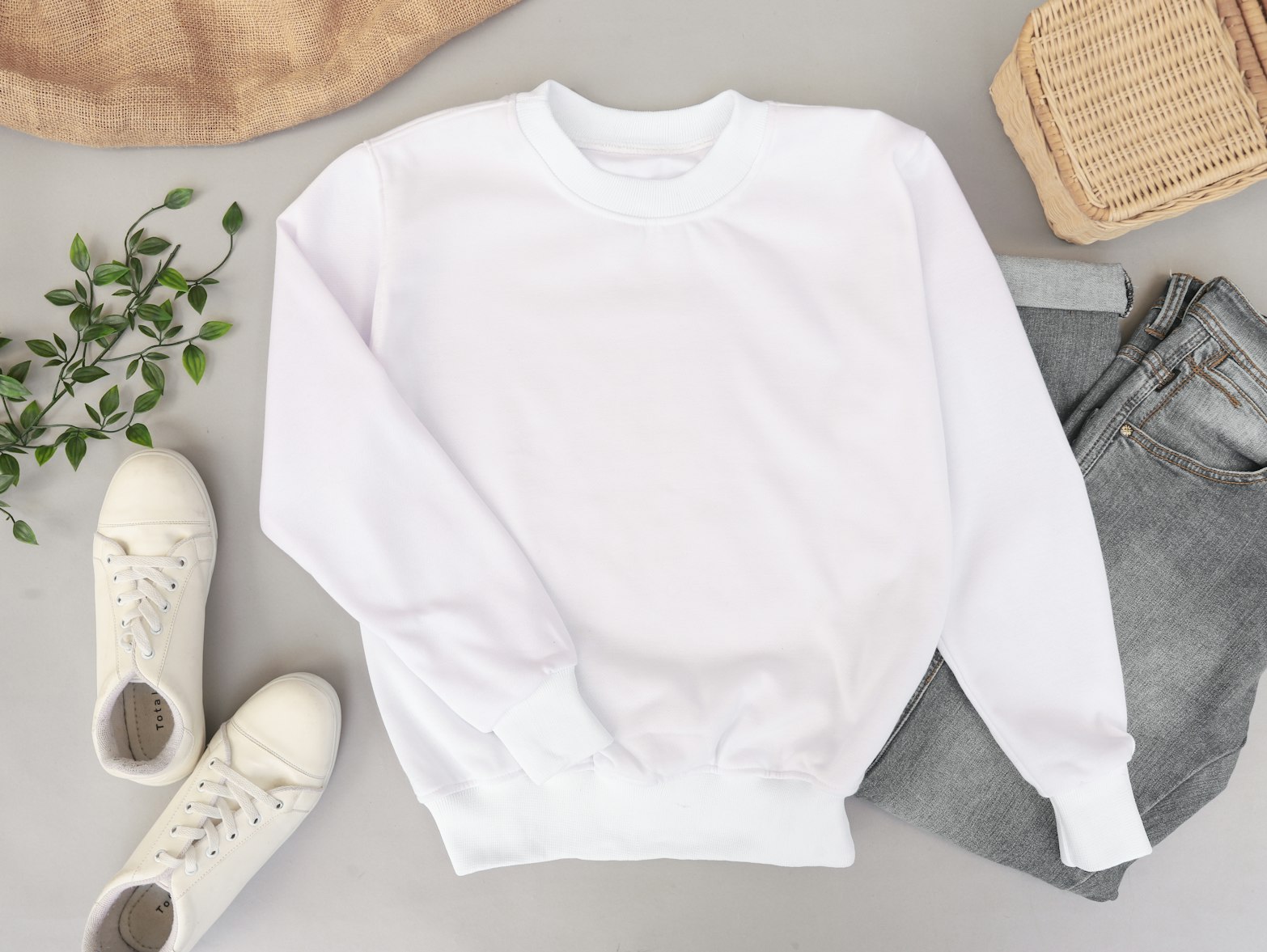
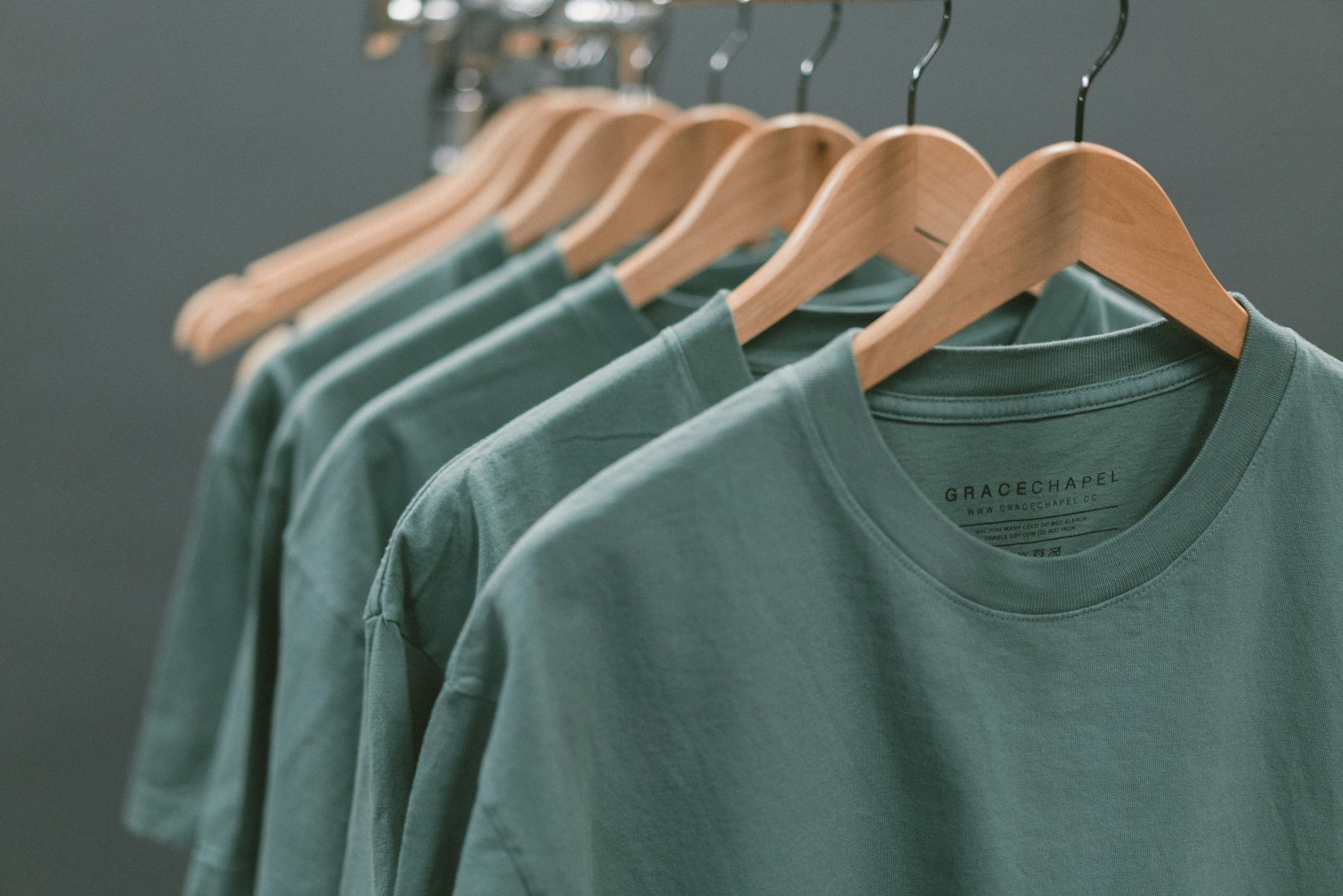
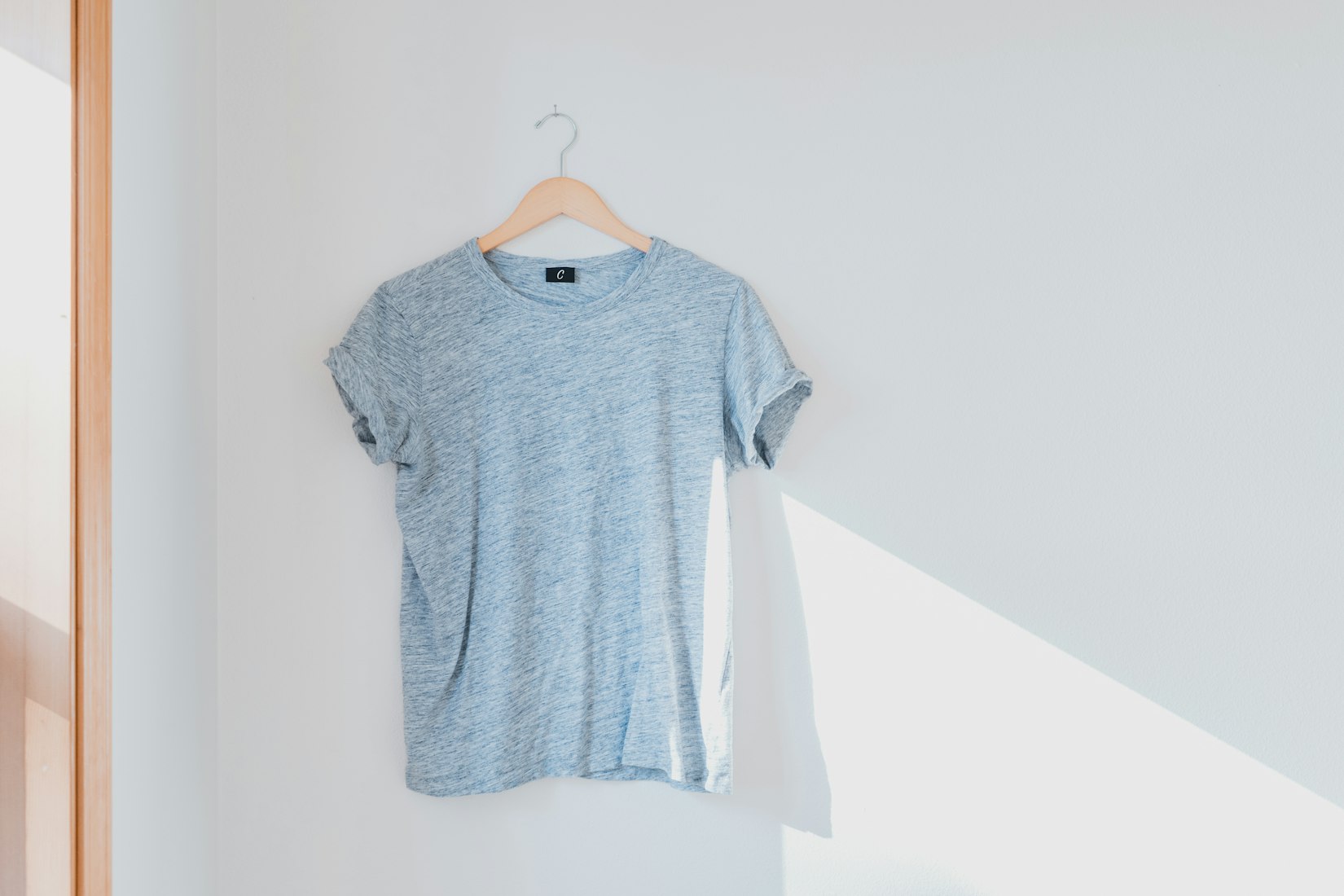
 English
English Arab
Arab
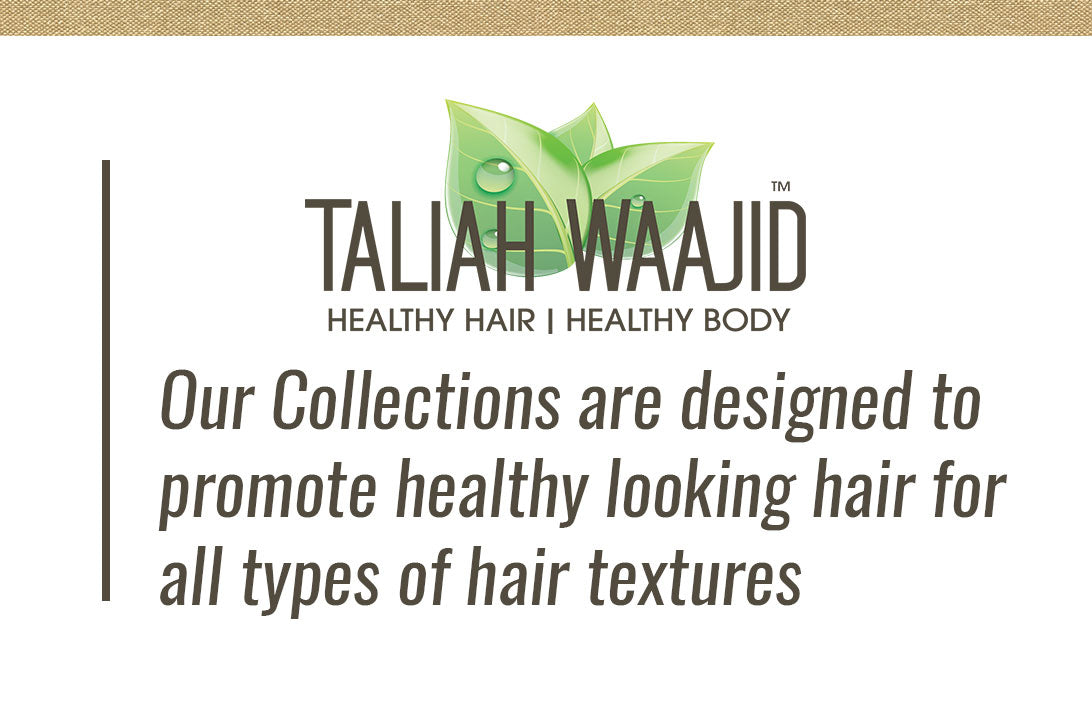
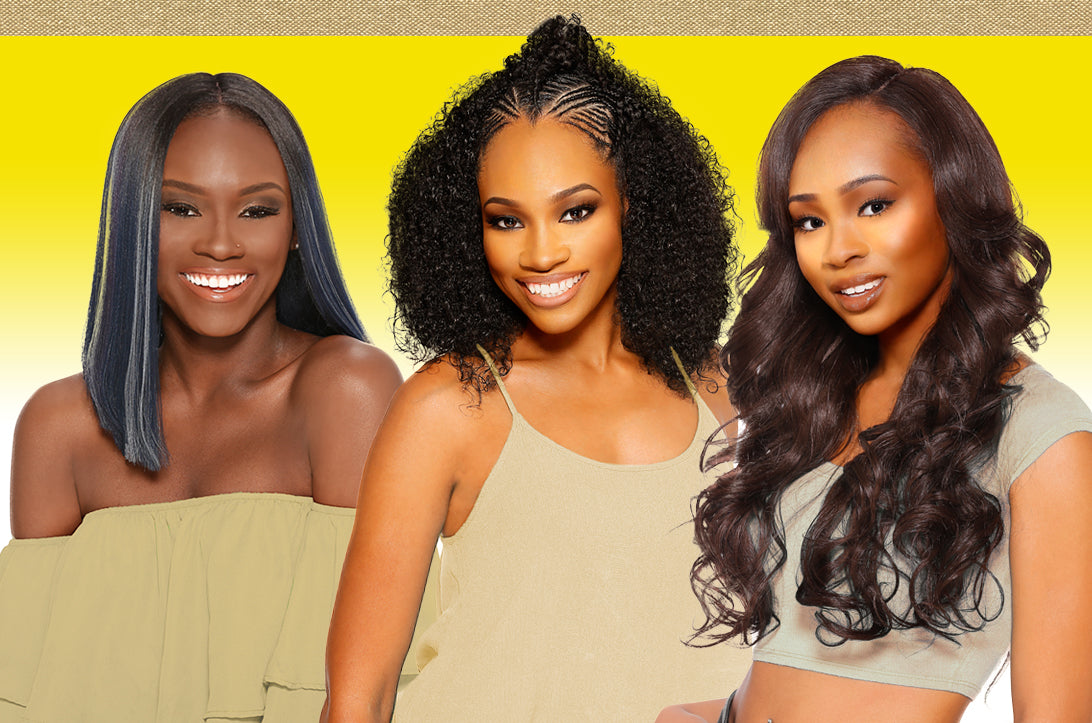





An informative piece.
I knew from the start what I was getting into.
Guide posts along the way did not disappoint.
For anyone searching for confirmation as to the what, why, and how of protective styling, this article will not disappoint.
The author is clear as to the value of engaging with protective styling, and thus suggests some of her hair products to aid in the process.
I enjoyed riding along with these words.
Thank you.
Mocha,
Protective styles such as braids and weaves are a great way to give your hair a break from manipulation. The Protective Styles hair care line Restores & Maintains Hair’s Natural Strength. Atlanta has several natural hairstylists that do great work. I would suggest booking platform used by local stylists such as styleseat, booksy, and vagaro to name a few.
Customer Service
Is there a recommendation list of salons around the Atlanta area that specializes in natural hair?
Felicia,
Great to hear! Are you using our products from our Black Earth Collection? We have Loc Maintenance kits available on our site that help promote healthy loc growth Starter Loc Kit or Mature Loc Kit.
I ’very been blessed to have my hair in locs for about 11 months and I love it. Besides being low maintenance, my hair is really getting longer.